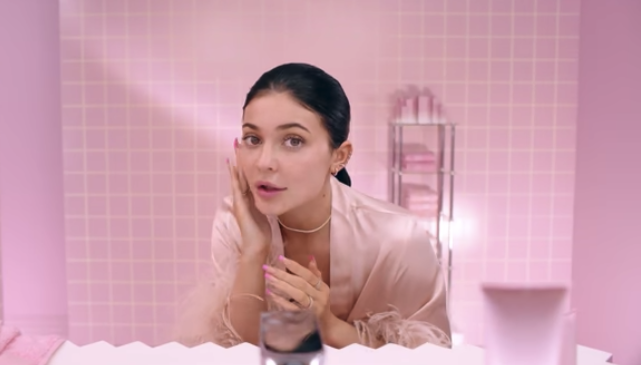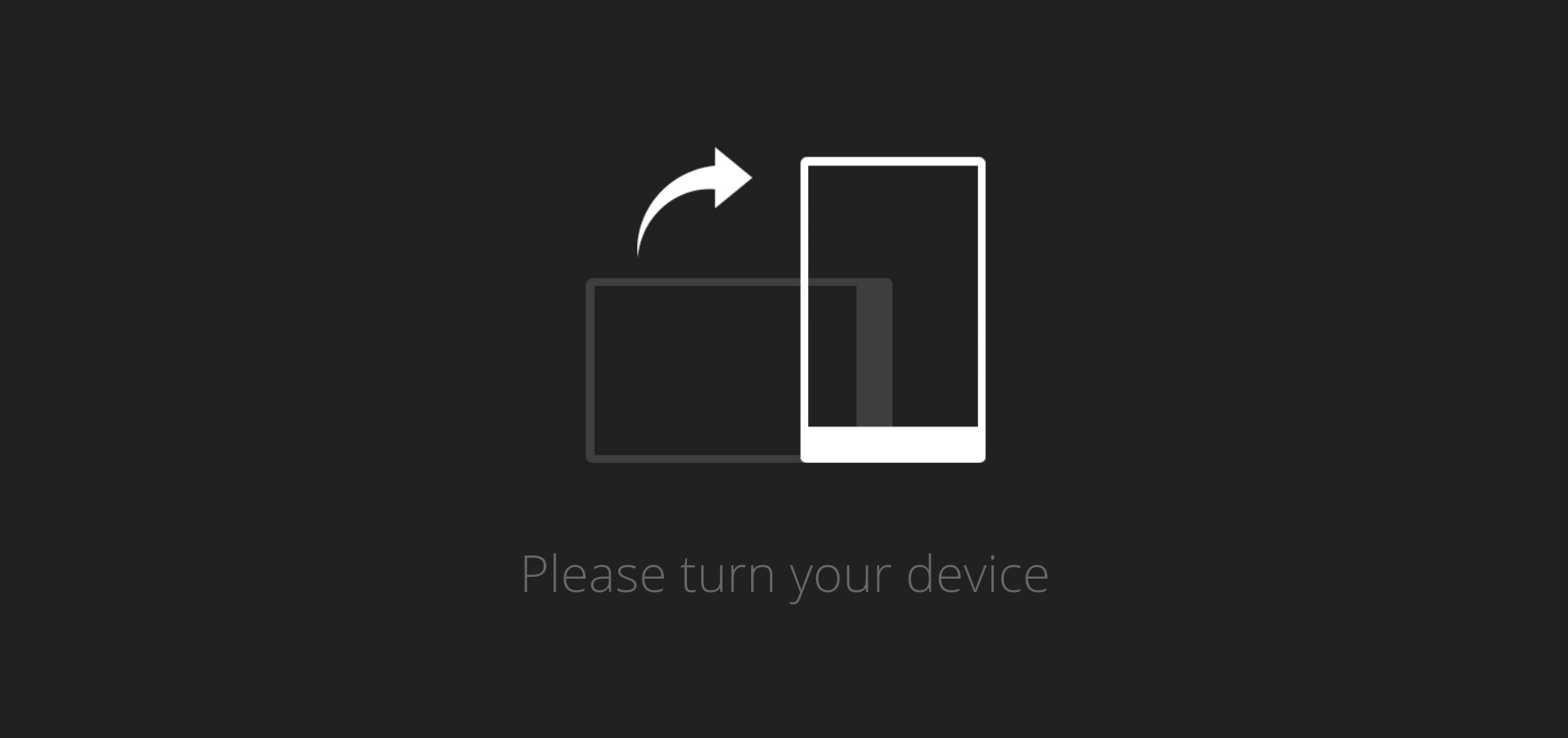
We Asked An Expert To Answer Every Question You’ve Ever Had About Retinol
If 2020 has taught us anything, it’s that time is a social construct and self-care has never been more important.
As someone who spent most of the year living in lockdown in Melbourne, I haven’t worn makeup since March so I’ve had more time than ever to take extra special care of my skin.
Skincare used to be a chore, but now it’s the highlight of my day (I can’t do much else haha!) and I take great joy in the entire process. But that doesn’t mean I have any clue what I’m doing, with most of my knowledge being based on influencer tutorials or the one conversation I had with a David Jones employee at a beauty counter in 2015. I hope our exchange was as meaningful to her as it was to me.
Nobody:
Absolutely no one:
Not a single soul on this Earth:
Not even their mom:
iNfLuEnCeR: “A lot of you have asked about my skin care routine…”
— C. Donovan Copeland (@cxcope) April 16, 2019
Sure, I can wrap my head around exfoliating and moisturising, but retinol has always evaded me. I know I should use it, but I’m not 100% sure why or how. While retinol has long been an ingredient in most (good) anti-aging creams or serums, in the last five years it’s gained popularity as a stand-alone product.
If you’re a skincare beginner trying to use it for the first time, it can be daunting to know where to start.
We spoke to Desiree Stordahl, Paula’s Choice Senior Research & Education Manager, to answer every question we’ve ever wondered about retinol.
1. What is retinol actually?
Retinol is another name for vitamin A. There are many derivatives of vitamin A, but retinol is the name for the pure form. Vitamin A has a fascinating impact on skin’s surface because it can help restore a more youthful look and feel.
When skin is affected by environmental assault (and everyone’s skin is) or you have signs of ageing, uneven skin tone, enlarged pores, and skin prone to bumps, retinol steps in and seems to intuitively know what your skin needs to minimise those concerns. In short, lots of things about your skin’s appearance can improve when you use retinol to boost your skincare routine.
2. How does it reduce wrinkles?
Retinol is a cell-communicating ingredient, which means it is able to positively influence a variety of cellular processes that have gone awry due to sun damage (photoageing) and ageing in general, where vital substances in skin have decreased.
It quite literally re-trains your cells to function more like they did when you were young and stimulates collagen production, which helps plump and smooth the appearance of wrinkles. It’s also a powerful antioxidant that wards off/neutralizes the free radical damage that skin faces daily, which helps prevent wrinkles from forming in the first place.

3. Will it have long-lasting benefits?
Absolutely, retinol’s benefits go much further than just a temporary fix. That said, you can’t just use retinol a few times and expect it to permanently transform your skin. As with all forms of skincare, you need to be consistent with use to support your skin’s ongoing needs.
4. What age should someone start using retinol?
My motto: As soon as you can afford to start buying your own skincare products, get on retinol (i.e. someone as young as 18 can benefit from it). Retinol isn’t just about anti-ageing — it helps almost every aspect of skin function in a healthier way. Giving your skin that kind of ongoing support will help it stay more youthful looking down the road.
There’s also a ton of research backing retinol’s ability to help with acne, so if you have a teenager struggling with breakouts, it’s worth trying in conjunction with anti-acne products.
5. Should you use retinol at night or in the morning?
Either time of day is fine — retinol works equally well both morning and night. There’s a myth out there that you can’t use retinol during the day, but research has shown that it works well if you follow up with a broad-spectrum sunscreen. Moral of the story: If you’re going to use it during the day, follow with sunscreen (hopefully you’re already applying an SPF product daily anyway).
6. Can you go into the sun after applying?
Yes, as mentioned above, just make sure to wear sunscreen. Remember: Retinol plays its part to help skin look younger, but sunscreen is the first and most formidable defence in helping skin rebuff signs of ageing like wrinkles, uneven skin tone, discolourations, and loss of firmness.

7. When should retinol be applied in your skincare routine?
Cleanse, tone, exfoliate, then apply your other products (including your retinol formula) in order of thinnest to thickest texture. Don’t forget to include your neck and chest, so you get those amazing benefits there, too.
8. Should you use retinol if you have very dry skin?
Yes, any skin type from very dry to ultra-oily can benefit from retinol — it’s all about finding a formula with the right mix of ingredients and texture to suit your skin.
If you’re new to using retinol and have dry skin, start out with a low strength retinol and creamy formula that replenishes skin, like Paula’s Choice RESIST Intensive Repair Cream. For beginners with oily skin, opt for a lighter weight serum like the Paula’s Choice SKIN BALANCING Super Antioxidant Concentrate Serum.
9. How often should you apply retinol per week?
If you’re using retinol for the first time, limit initial use to three times per week and assess how your skin is doing. If you don’t experience any signs of irritation, gradually increase frequency of application. Some people can use retinol every day of the week, others only a couple times per week. It all comes down to your skin’s individual tolerance.
10. Can overusing retinol damage your skin?
From an irritation standpoint, yes, temporarily. If you go gung-ho and apply a high strength retinol daily that makes your skin red and flaky, that’s going to have an inflammatory/sensitising effect. If you find yourself in that situation, scale back on how often you’re using it or go down to a lower strength. Give it a little time and your skin will go back to normal.
There’s a misnomer that you’ll sometimes hear that people say that they’re afraid retinol will thin their skin. In reality, research shows retinol has an epidermal thickening effect, so you don’t need to worry about that.

11. What’s the difference between retinoid and retinol?
Once applied to skin, retinol goes through a process where it fuses with enzymes and receptors to convert to retinoic acid — this is where the real magic starts to happen. Prescription retinoids start out as retinoic acid, so in essence they can work faster. The catch? Prescription retinoids are known to be harsher on skin in terms of sensitising side effects. Research has shown you can get just as good of results with consistent use of retinol as you can with prescription retinoids, only with less irritation along the way.
12. Can you use tretinoin in combination with a retinol? Or is tretinoin a retinol?
Using both would be overkill and would likely lead to sensitising effects. They’re doing the same thing.
13. What retinol percentage is best to buy?
There isn’t a single best percentage — it really depends on your skin’s tolerance level and how advanced your skin concerns are. It’s smart to start with a low-to-mid strength concentration before graduating up to 1%, which is considered high strength.
In high strength, it’s helpful if the formula contains soothing extracts to keep skin calm while the retinol does its work, and even better if it has a controlled-release delivery system to allow for gentle, consistent absorption.
–
Header via YouTube.
